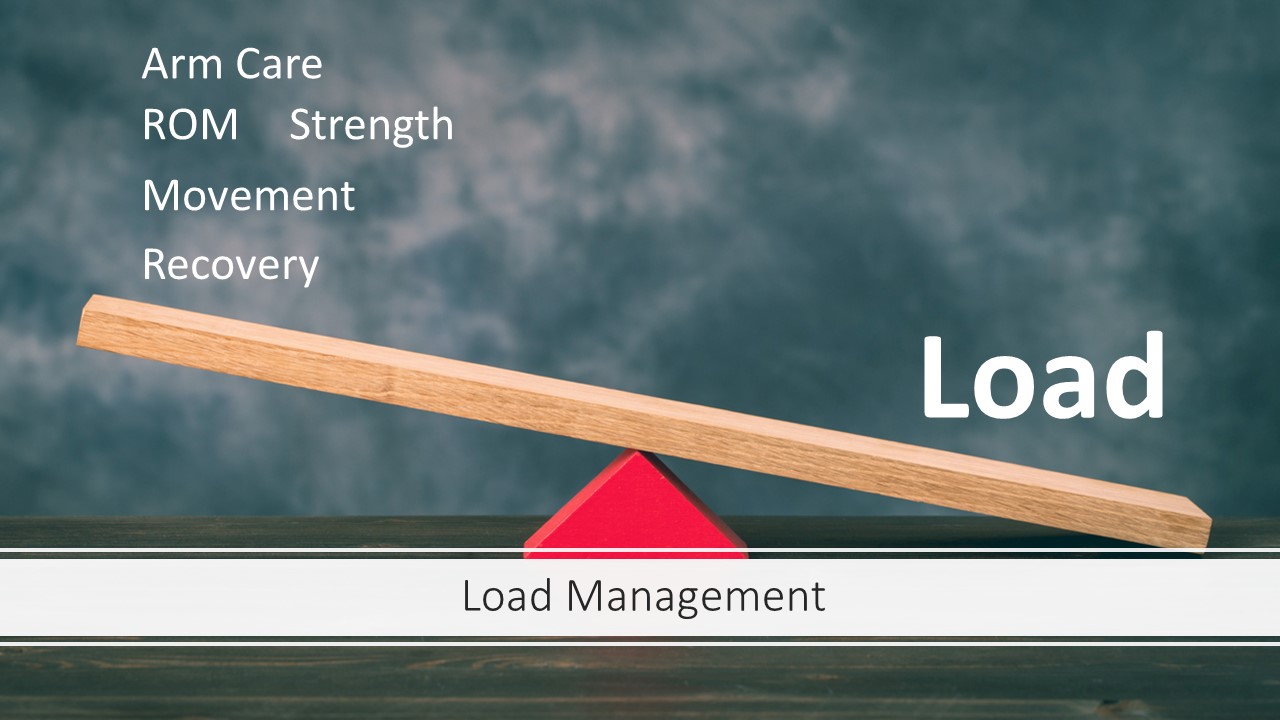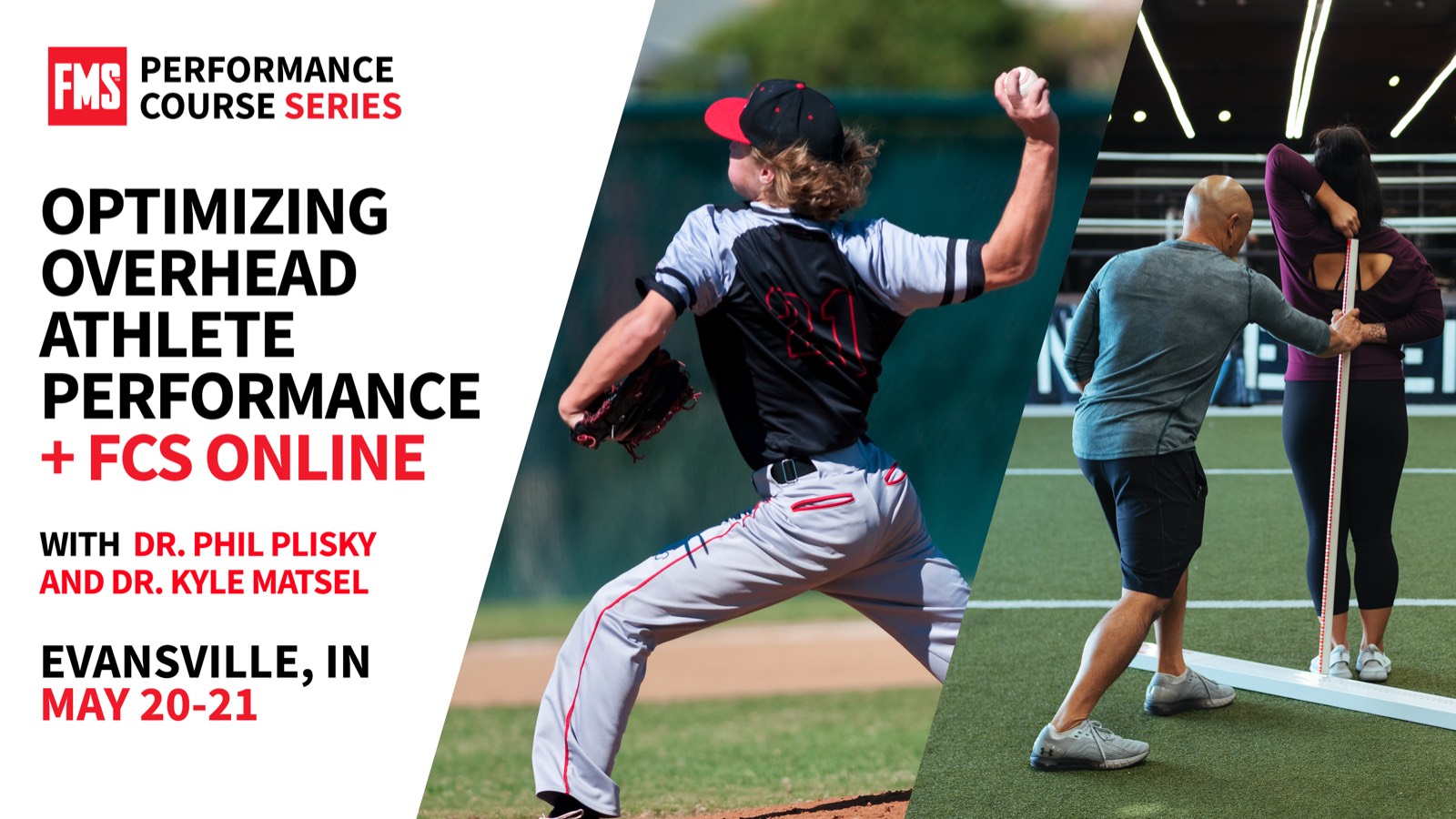Capacity and Load Management in Overhead Athletes
In all sports, but particularly with overhead athletes. We have to consider load management, and we have to consider performance readiness.
What does it look like for a specific warm up? And does a pitcher need something additional or different? And then what does recovery, what does restoration look like and what does development look like? What does performance look like?
I want to take you through a high level look at some snapshots of these different things -- load and capacity. If I see anything that really can tear down an athlete, tear down their performance, more than anything else, is not monitoring and measuring load and capacity. Load is the amount of stress that's placed on the body, and that's commonly thought as the number of tennis matches in a weekend or number of pitches thrown or innings pitched.
Then we also have to think of the other side, which is capacity. And capacity is the amount that a person can produce or handle. And we have to manage both of these things. We have to manage not only the load, but we also have to manage the capacity. And we tend to focus more on increasing someone's capacity so that they can handle a load. And that's good and important, but if we don't manage the load as well, it's not going to go well.
In baseball we know the research is very clear. Pitch count, pitch velocity, innings per appearance, total innings pitched, all affect load and is really important. So load is throws performed outside of game situations. And this happens a lot, whether it's through warm up, weighted ball sessions, long toss, bullpens, flat ground sessions. And the interesting thing about this study is only 12% of throws actually occurred in the game.

If load is not managed, it does not matter what but it really is a drop in the ocean of when we're doing arm care and range of motion and movement and recovery. If load is too high, if load is exceeding capacity, we can only increase capacity so much and manage that end of it. We have to understand and be able to monitor and manage load.
You have to have a complete understanding of load management. What is for the age? What are the number of pitches that can be thrown? How does it look? Do you go play catcher after you pitch? Do you play shortstop after you pitch? Or do you go to third base? What does that all look like and is it age dependent?
Recovery After Pitching
When looking at a simulated game (throwing 60 pitches), immediately what we see is there's a 12% decrease in cuff strength and a 16% decrease in internal rotation range of motion. And they monitored these pitchers and throwers over a four day period. And it look by ultrasound imaging and through range of motion measurements, it took until day four to normalize.
What we need to think about is how can we monitor and accelerate that normalization and how can we be sure that it has normalized? Because what we see is when we talk about load, remember, we have acute load, which is in a single day or a single week, and chronic load, which is over a longer period of time. We have to manage both of those.
The number one thing that we see is you lose a little bit of internal rotation after an outing. Let's say you lose five degrees in an outing that hasn't been restored, probably not a big deal in going into your next outing, but then your next outing, you lose five more and you get this downward cascade and it gets really bad really fast. So what I want to think about is another concept, that's going to help us understand both load as well as restoration is if we look at EMG 24 hours after a pitching outing at rest, the EMG is at 85% of max contraction. So just sitting there, it is that contracted. So that's what our main focus needs to be from a restoration perspective, is restoring that tissue quality.
Learn a systematic process that can be implemented with your overhead athletes, join us in person in for Optimizing Overhead Athlete Performance It is a hands-on, lab based course where you will be able to create programs for your overhead athlete. We will cover everything from research based warms, how movement integrates into the overhead athlete, and high level performance programming. Join us!











